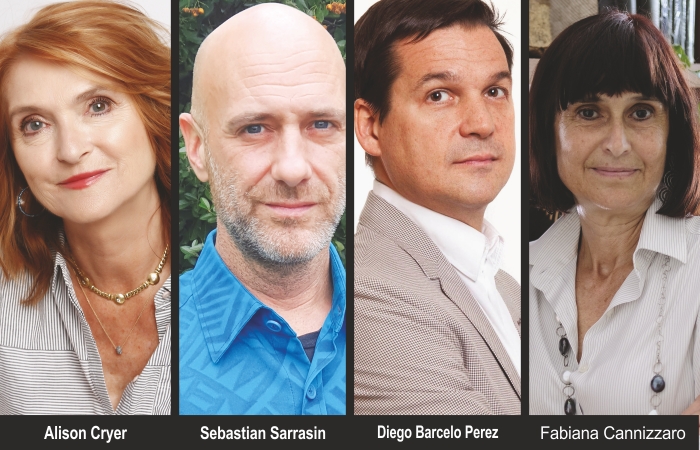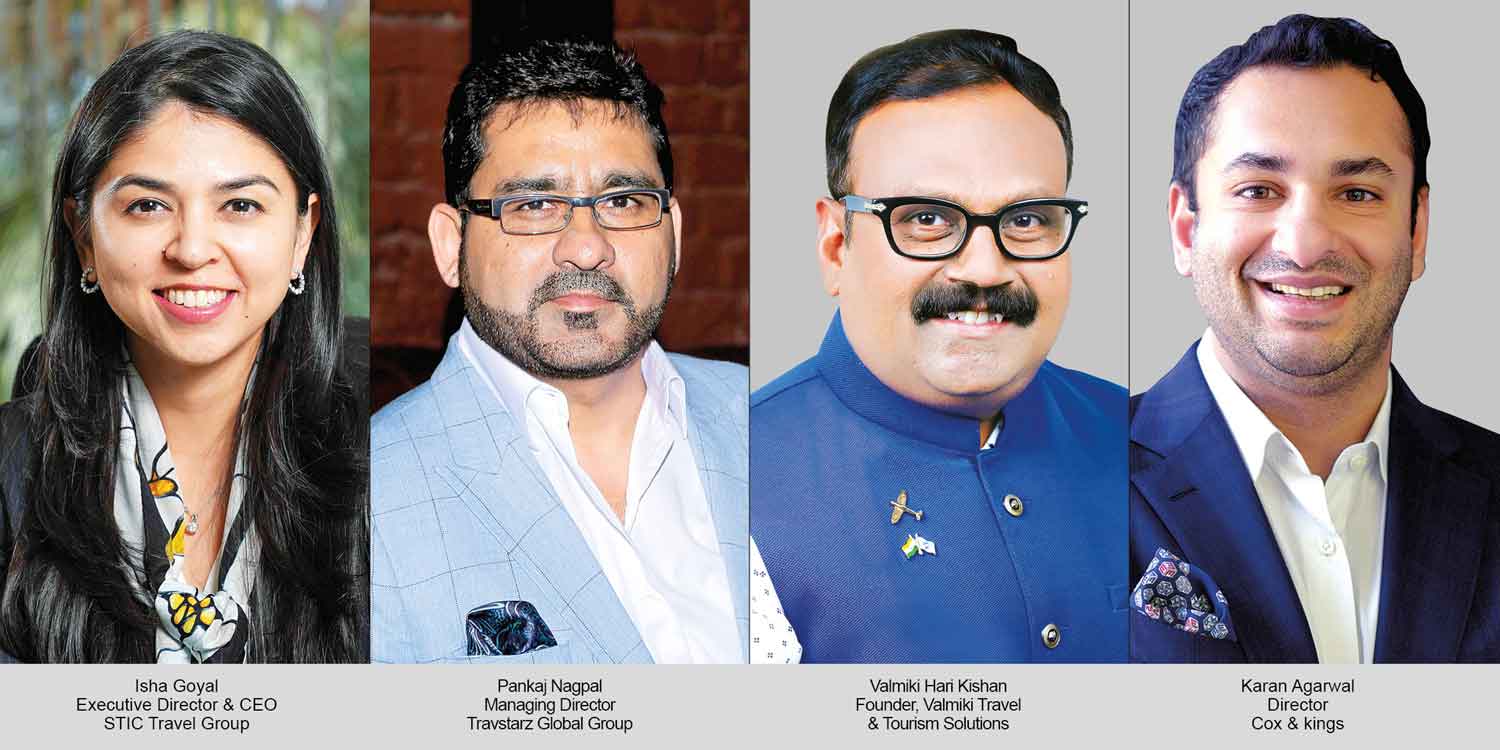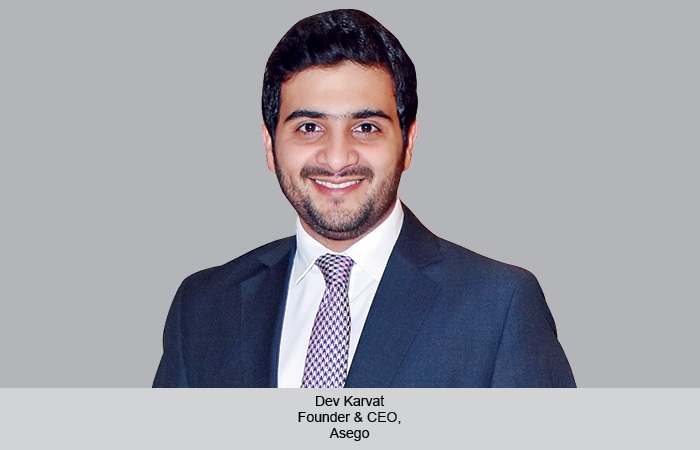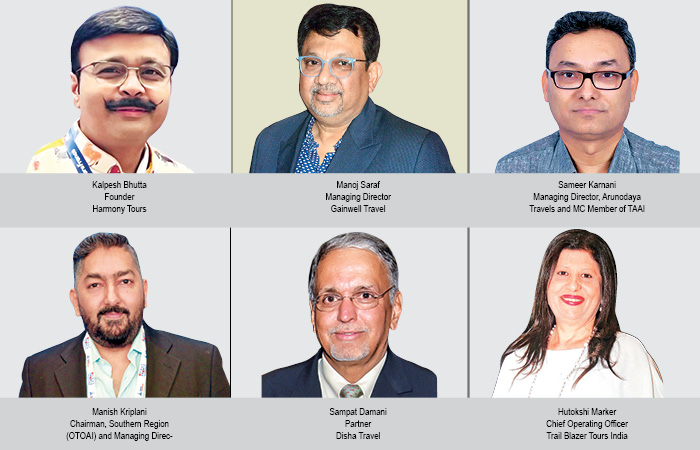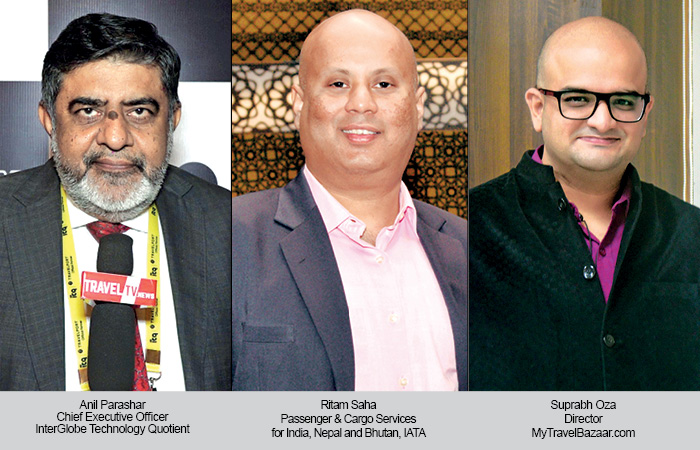PATA India recently invited leading marketing and PR organisation from Europe, called Representation Plus, to share their views and information about market readiness for tourism to India. Titled ‘Destination India: A European Perspective & Opportunities’ it saw speakers from four important source markets—UK & Ireland, France, Spain and Italy.
Nisha Verma
UK & Ireland
Alison Cryer, Managing Director, Representation Plus, claims that before the pandemic, 2019 was inarguably one of the best years for outbound travel from UK to India with 1.6 million Britishers travelling to India, recording an increase of 9.3% on 2018.
Optimism galore
However, she says that things look positive. “WTM is going to be held in November, which is great news for us and the industry. Optimism in the UK has increased with easing of restrictions for overseas travel to any country that is currently on amber list like India. In fact, soon India will be in the green list of countries to travel. This means that if we travel to India, we don’t have to pay £250 over tests per person and go for quarantine for either 2-5 days on return. We only have to use the antigen test,” she informs.
Trends to watch
Travel plans for the UK depend on whether the destination itself is COVID free or not.“Since COVID and climate change, the population is aiming at slow, responsible, conscious, sustainable, regenerative and transformative travel experiences with lowest possible environmental impact,” she informs. Apart from that, she highlights, “There’s an estimated 6.2 million future international trips booked, and 17.4 million individual bookings. This is increasing with Asia and Australasia region going up, which also includes India. There is a lot of family travel related to VFR. In this region, 53 % of travel bookings happen through agents or OTAs, which indicates a shift towards assistance from travel industry,” adds Cryer.
UK market to India
Informing that UK market to India is dominated by pre-nesters and families, apart from VFR, she says, “The spend is lower than average spend because India is great value for money and VFR affects statistics.” Cryer shares that the reason for Brits to come to India include cultural, spiritual and wellness experiences. “India is an experience of a lifetime. Apart from leisure, voluntary and M!CE tourism will come back, but not until 2024,” she adds.
She insists that international flights should be reinstated. “If there are screening/ quarantine requirements, it will affect travelling to India,” she states.
Expectations from India
The first thing that FTOs need, according to Cryer is clarity. “Travellers look for higher standards of safety and security. There is a need to ensure right travel insurance for travellers. Travel trade in India needs to update the travel trade in the UK, so that they can pass the information to consumers. Everyone needs flexibility in bookings and cancellation policies. The industry needs 2022-23 rates as a minimum.”
She insisted that the industry must innovate and come up with new experiences to meet the new needs. “The modern global traveller is more conscious than before,” she adds. She also advises that regular communication from the industry as well as the tourism boards is expected by UK tour operators when it comes to destination India. “Also, the tourism board needs to be proactive in joint marketing campaigns supporting the travel industry, Fam trips and press trips as well,” she said. Further, she suggests, “They should be training the industry back up on the products, since COVID has seen a great improvement on products as everyone is building back better. They need to inform the industry of these changes. They also need to find a budget while working in partnership with the industry rather than independently,” Cryer adds.
Future scenario
She points out that for India they aren’t expecting bookings much before the end of 2021, and travel before the end of 2022-23. “Even if the COVID numbers in India are in control, the country needs to give this message loud and clear above everybody else’s messaging, since the world is currently competing for the attention of the British travellers,” she stresses.
Flexible policies need of the hour
FRANCE
Sebastian Sarrasin, Director – Europe Representation Plus, shares that before COVID, France was the country with the highest number of staycations.
French market
“India is 6th among top long-haul destinations for French people. France was the 11th largest market for India in 2018 with over 26,1653 travellers, which represented nearly 2.5 per cent of the total arrivals in India and 2018 was up by around 1.5 per cent than 2017. French people prefer cold months to travel to India. In 2018, in Jan-Mar & Oct-Dec their arrivals accounting for 34.2% and 27.6% respectively. Leisure was 67 per cent, while MICE was around 23 per cent, while close to 9 per cent arrivals were Indian diaspora in France,” says Sarrasin.
Travel Trends
India is currently on France’s amber list. Sarrasin highlights that currently, last minute book ings are happening in France, which is usually three weeks prior to travel. Citing statistics, he shares, “39 per cent of French are ready to travel outside Europe as soon as they are double vaccinated, while 38% favour multi-destination trips and opt for nature and outdoor experiences, high safety standards and affordability. There is a preference for 3 and 4-star independent hotels followed by self-catering option and staying with friends and family.” However, he insisted that the holiday budget will remain the same as pre-COVID for 45% of French travellers. “In addition, there is a great appetite for sustainability and responsible tourism,” informs Sarrasin.
Way Forward
Sharing that the French market hasn’t made many bookings for 2022-23, as they are not ready and fear border closing, he informs, “Only 37% of French are expecting a return to normality in 2022. People are looking to travel abroad, and based on online booking searches about 60% people were found to be looking for a long-haul holiday next year, 29% would remain in Europe and 11% wish to spend the holiday in their own country.”
Expectations from India
The French tour operators would like to know what India and Indian travel trade can do to support them. “We need flexible cancellation policy and clear COVID protocols in place apart from the possibility to keep the tide going with the local stakeholders, whether as hotels or DMCs. People are currently looking at 2022- 23 and there are even some queries for 2024. French trade would appreciate some support from India tourism. There’s a need for a marketing campaign that would be driving demand and hopefully materialise into bookings during the turn of the year. We are expecting the booking period to kick in for next year at the end of this year or January 2022,” he shares.
What French want
In terms of promotions required in the French market, he suggested that there has been huge appetite for nature and culture of India. “India Tourism should grasp these things and market accordingly to the French population. While India has a great culture and beautiful countryside, I think French people are aware of the big cities and now they are actively focusing on great outdoors and beautiful landscapes of India and escape big cities and crowd now,” he adds.
Also, Sarrasin agrees that an Indian specialised destination programme will be ideal for French tour operators. “Anything that will contribute towards educating the trade is going to help massively because travellers consider them as experts and the more information they get, the better they would be able to sell the destination and ultimately they would transform leads into firm bookings,” he suggests.
Culture is biggest crowd puller
SPAIN
While the COVID situation in Spain is getting better and the hotels are very happy with domestic travel, outbound is not as good as domestic, shares Diego Barcelo Perez, Founder & CEO, CCIBA and Representation Plus.
Spanish Market
“India is now considered a risk country for the Spanish Ministry of Health and only exceptional trips are recommended, not leisure trips. Travel to India is in amber list. 60 per cent online searches for 2022 are for long haul destinations. India not in top 10 long haul destinations but Spanish come to India for relaxation, sightseeing and romantic holidays. It’s a great opportunity for India to promote itself in the Spanish market by highlighting unique experiences,” he stresses in his presentation.
“The number of trips of residents in Spain increases by 279.9 per cent in the second quarter and stood at 34.3 million. Trips abroad, which represent 2.1 per cent of the total, increased by 364.5 per cent compared to the same period in 2020 and decreased by 85.2 per cent compared to 2019,” says Perez.
Highlighting Forward Keys data, he said, “Reservations to India in future from different markets and Europe, except to UK is increasing by 11 per cent, which is good,” he says.
India’s perception
In 2018, around 52,000 Spanish travellers visited India. Perez says that the Spanish travellers are gravitating towards India for adventurous experiences and once in a lifetime trip. “They associate India as a unique and exotic destination. People want to reunite with friends and family and one can see multi-generational groups or groups offriends travelling together. Also, because of ‘Lockdown fatigue’, people want slower and more thoughtful trips.
For Spanish travellers to India, quarantine is top barrier, he shares. Apart from that, he highlights, “Other barriers include economic and financial constraints, Recent concern is health concerns.”
The Spanish market will choose India for culture and heritage, spiritual tourism, adventure tourism, as well as culinary tourism. Apart from that yoga and wellness are top picks. Luxury, especially after COVID, is a preference too, both domestically and internationally. Also, shopping and art are great pulls other than beach destinations.
Expectations from India
Spanish tour operators expect some basics from Indian travel trade. “We look for flexibility in booking, insurance, free cancellations, health and safety protocols, as well as easy e-Visa process. Sharing that they don’t have much information regarding Indian COVID protocols and activities for travellers, Perez says, “It’s very important to share this information. There is a need to position India as a very secure, COVID free and sustainable destination. They should offer attractive products/experiences for the new traveller’s in COVID times. PR activities should be done to reduce the perception that India is an ‘infected’ destination. Stimulation of geographic dispersion across the country should be done, promoting less known Indian destinations.” He insisted that India tourism should make India stand out from its competitors in Asia through the promotion of its unique features. “There is a need to increase awareness about India communicating all positive news releases and features related to it, including health and sanitary news, destination awards, participation at fairs, new routes and connections, the latest touristic offers, etc. There is a need to invest in promotional activities as well as well as establish a permanent press and trade support office in Spain. Also, there is a need to implement a long-time promotion strategy in the Spanish market. Also offer more info in Spanish. India must also be professional in the international tenders to find marketing representative in Europe. They should incentivise new direct flight connectivity from Spain,” he advises. Perez says that FITUR will happen in 2022. “We have already announced the dates for FITUR – January 19-23, and it will be an opportunity to reconnect with our trade partners from across the world, including India,” he said.
Transparency remains the key
ITALY
Italy is a mature market for India, says Fabiana Cannizzaro, Founder, Corat Italy, Representation Plus. “Italians have been flocking to India attracted by its culture and heritage. In the last few years, the market has matured,” she adds.
Italian market
In 2019, around 128,500 Italians travelled to India, which represents a 1.3 per cent increase as compared to 2018. “In Italy, pre-COVID, for the third consecutive year, long holidays showed a positive trend(+12.7 per cent in 2018). Also, in the last five years, the share of trips booked using internet has been increasing (31.8 per cent in 2014 compared with 46% in 2018), and I can see this going up dramatically in the next few years,” she says.
Cannizzaro shares, “Italians are driven by their own culture and heritage to go and compare that with other countries and destinations and India is a favourite for this purpose.”
She further informs that Italians were free to travel within the EU with a negative PCR test and no quarantine on return. Italians were not allowed to travel for leisure outside EU. This was and still is illegal.
Efforts of Italian trade
Cannizzaro shares that for the last 18 months, Italian tour operators and travel agents have, through their respective associations, liased with government officials in the attempt to open Italian borders to outgoing tourism outside the EU, which took a lot of time. “We tried to stimulate the Italian government to open borders as it’s very difficult for us to carry on like this. If nothing happens, the industry would be very angry with our government,” she informs.
Consumer trends
There is a huge pressure on the part of Italians to travel long haul, shares Cannizzaro. “It will take 12 to 18 months before we will see the same levels as 2019. This might be due to the reduced buying power by the consumer, although a large number of Italian families have accumulated money through savings, which could be used to pay for their travel. There is also increased rates in hosting countries and high cost of flights,” she adds.
She claims that Italians would prefer destinations that are not touched by mass tourism. She adds that they must not expect long-haul market towards Asia in general due to the negative COVID reports out of China, since most Europeans consider China the culprit for the pandemic outbreak.
Sharing India’s perception, Cannizzaro says, “India might be penalised because in the past few months we have witnessed images of many deaths and sufferings in India due to COVID. Whereas, countries such as USA, Canada, Japan and South Korea, which are perceived as clean and efficient, will see a rise in long-haul travel from Italy.”
Expectations of Italian trade
Italian tour operators will be expecting the local trade to be ready with all COVID protocols in place. “They want to have information on vaccinations related to Indian population, PCR tests to be done before returning home, visiting safe places and locations, and to be abreast with all relevant information related to COVID. Also, Italian tour operators will be looking for providers with a flexible cancellation policy. They need appropriate insurance covers in place locally to cover COVID-related issues.”
What India shall do
She says that the Italian travel trade request their Indian partners to be honest about the COVID situation in order to communicate effectively with the consumer. “They must be collaborative in case of need in emergency situations. The India Tourism Office should be instrumental in communicating post-pandemic status and a good consumer campaign in Jan/Feb 2022 could help stimulate cultural tourism to India in later months,” she claims.
 TravTalk India Online Magazine
TravTalk India Online Magazine




